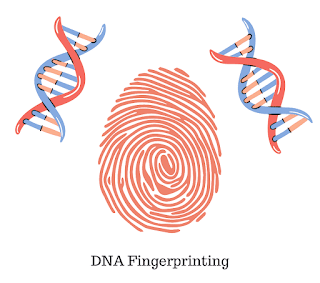What is a GPS? How Does it Works
The Global Positioning System (GPS) is a satellite navigation system that provides precise location and time data in all weather conditions, anywhere on earth. For GPS to work there should be an unobstructed line of sight to 4 or more GPS satellites. GPS provides capabilities to military, civil, and commercial users around the globe.
Components of a GPS
A GPS has three segments i.e space, control, and user segments as given below:
Space Segment (GPS Satellites):
- This segment has 24 satellites deployed on six orbits around the earth at an altitude of 20,000 Km. These satellites revolve around the earth at intervals of 12 hours.
Control Segment (Ground Control Stations):
- Ground control stations have 5 unmanned monitor stations and 1 Master control station which constantly monitor, control and maintain satellite orbits. Their work is to make sure that deviations of satellites from orbits are within the tolerance level.
User Segment (GPS Receivers):
- This segment has civilian or military users. The number of users of GPS is limitless.
Working of GPS device
The orbits of the satellites are adjusted in such a manner that a GPS receiver on the earth can receive signals from at least 4 satellites at any given time. A position on earth can be calculated by measuring the distances to 3 satellites simultaneously.
The satellites used to find the current position are equipped with atomic clocks, allowing precise measurement of time. The signals sent by satellite contain encrypted data on the exact moment of transmission. A receiver on the earth contains a memory with the coordinates of each satellite. The time difference between sending and receiving the signal can be calculated by (s=c*t).
- In the space, if you know your distance from the satellite, you are somewhere on a sphere of that radius.
- If two satellite distances are known, the only locations that are at the right distance from both satellites form a circle where the two surfaces intersect.
- If a third satellite distance is known, you must be on its sphere as well as the intersection circle of the first two. Now there are two positions say A and B that can lie on the three spheres at the same time.
- The earth is a fourth sphere having position A in space and position B on the earth.
The time measured by clocks in GPS receivers is not precise and accurate as the time measured by atomic clocks in GPS satellites. Hence, a 4th satellite is used to minimize the margin of error in position accuracy. Of course, if the measurement involves a constant unknown error, we need to understand four unknown terms in 3-D space:
- Longitude (X)
- Height (Z)
- Latitude (Y)
- Time Error (dT)
Uses of a GPS in Daily Life
- It is used for navigation on water, land, and air.
- It helps in map designing of a place.
- It is used in self-driving automobiles.
- The speed of an object can be measured by this technology.
- Change in position of glaciers, mountain heights can be located easily.
- It helps in maintaining standard time over the world.
- It is used for tracking animals, birds, and insects by attaching a GPS device on their bodies.
- It helps in controlling air traffic.
- It helps visually impaired people in locating their destinations.




